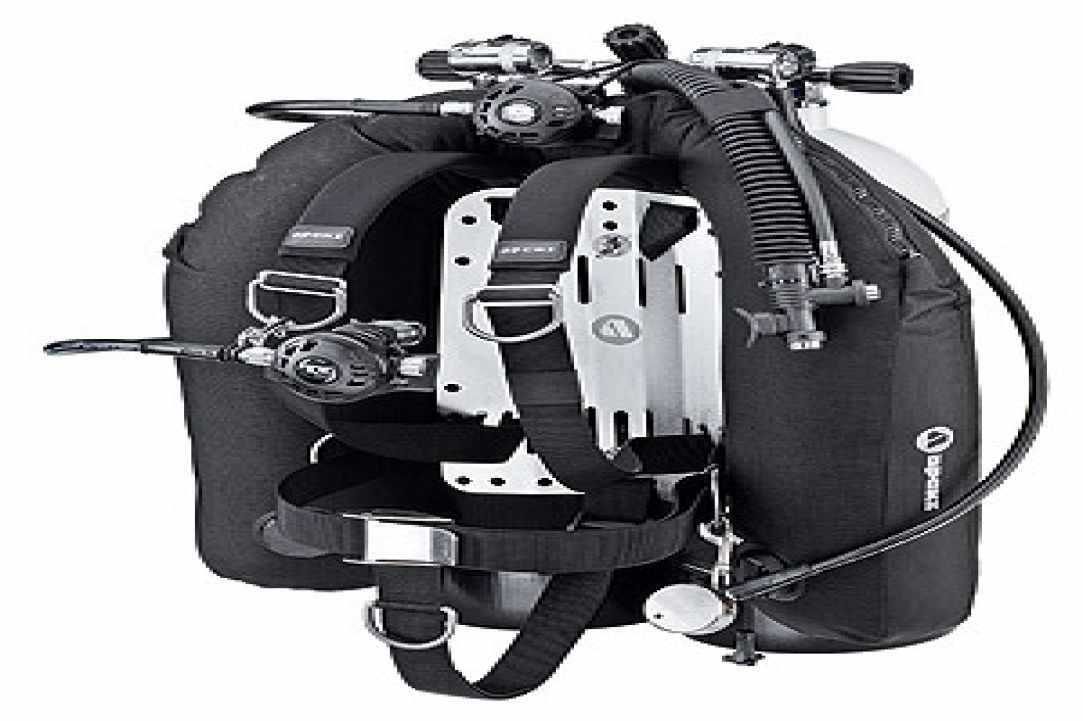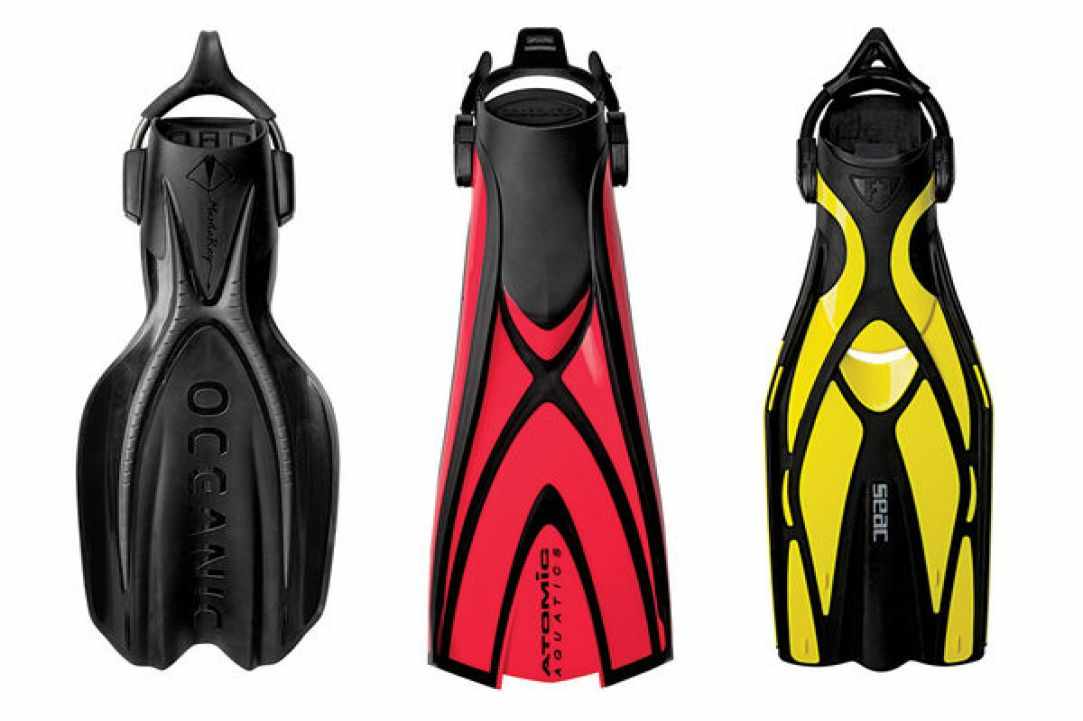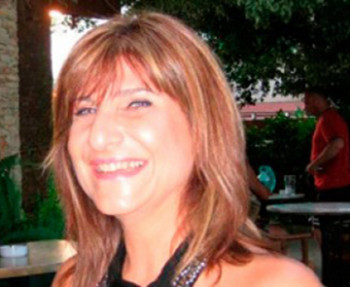The Equipment Of The Scuba Diver
Not as Complicated as It May Look
Basic Scuba Diving Equipment
Individuals thinking of becoming a diver are often put off because they believe it is too expensive. The price of full diving kit can easily cost over a thousand dollars, even for just the basic equipment. Training for your initial certification generally includes the cost of rental gear. After you are certified, items of equipment can be rented. Using rental equipment does not mark you as a beginner. Many experience divers, who do not dive frequently enough to make it economical, still will rent instead of buying. Airline luggage rules come into play as well, sometimes it cheaper and more convenient to leave your gear at home and rent at the dive center.
Here are some the essential items you will be introduced to during your training.
- Weights: Most people will be shocked to hear you add weights when scuba diving. Flashbacks to b-rated movies where gangsters place weights around the bodies they want to get rid of. The purpose of the weights is to help you be neutral balance during and importantly at the end of your dive. While it may not look like it, a diver with a wet suit and dive gear would float without the extra weight. Also, the tank holds air that will be used. That air will weight between 4 to 7 pounds and you need weights to compensate for the extra buoyancy. Weights are generally included with a dive or tank rental.
- BCD: The buoyancy control device called BCD or BC is one of the more important inventions that makes scuba diving a fun sport. While there are different designs, this vest type device attaches the dive gear to you and helps maintain neutral buoyancy. The BCD contains a backboard and straps that supports and attaches the dive cylinder. The first stage regulator attaches to the cylinder and a hose from it attaches to your BCD. This is a low pressure hose and the connection is to the BCD’s air bladder. An inflator button allows air from the cylinder to enter the BCD and add buoyancy. A dump valve allows a diver to release air from the BCD becoming less buoyant. The closer you are able to maintain neutral buoyancy, the better your dive and the safer. Many, if not most, diving injuries occur when divers return to the surface too fast. Many times that happens when a dive becomes too buoyant. A BCD often has a few pockets to store some small things and places to clip on other items that are used on a dive. This frees the hands for other task.
- Regulator: Jacques-Yves Cousteau and Émile Gagnan invented the “aqua-lung” in 1943. The Aqua-lung was the first major step into what we now call scuba diving, in fact for decades the equipment for diving was called an aqua-lung. The real invention was the demand regulator that delivers air to the diver that has been reduced from the high pressure of the tank to an ambient pressure. Their designs have been proven reliable and while there has been improvements on the original the basic design is still valid. What we normally call a regulator, is a first stage regulator with hoses connected to two second stage regulators. It will also have high pressure hose that is connected a submersible pressure gauge (SPG) and a low pressure hose to connect to the BCD. The hose for the BCD has a quick disconnect. The second stage regulators is what delivers the air to your mouth. In an over simplified explanation it is all about balancing pressures. You have the pressure of the water around you acting on a diaphragm inside the regulator. The opposite side of that is the air in your mouth that is normally an equal pressure. When you exhale, the air is forced out of the regulator by way of the exhaust port. When you inhale there is less pressure on “your” side of the diaphragm, this opens a valve letting in air from the hose attached to the first stage. Another important point, if the mouthpiece has been out of your mouth you need to clear it before inhaling. The sharp exhale will do that, however, if you do not have any air in your lungs there is a purge valve that will do the same. Press it and you are ready. If you are getting air from a hanging safety tank, check that the tank valve is open and purge the regulator. It not uncommon for small fish to claim the mouth piece as their new apartment. You will have two second stage regulators, a primary and secondary. They operate the same but may look different. The secondary is to be used as a backup, either to replace the primary in case it fails or to share with a buddy if they are low on air. The secondary is called the octopus and are often yellow colored so they are easy to see.
- Mask: The mask creates an air pocket in front of your eyes, that allows the eyes to focus. While the common though is it is just a mask get something, it is not always as simple as that. There is also a common myth that a snorkeling mask is not suited for diving. While that may have been the rule a few decades ago, it is not always as clear as it once was. Consumer demand has made many a manufacture improve their quality and many are on the same level as diving. There are some features required of a dive mask. The amount of space within the mask called volume is important for a diving mask. A large volume will be more difficult to clear. Snorkelers are tied to the surface and must return to the surface to clear a mask, so the volume is not as important in a snorkel mask. The parts of a dive mask are the lens, the skirt, a nose pocket and a head strap. A design may be with a frame or frame-less. Diving mask uses a tempered glass that are designed to withstand impact plus able to stand up to high pressure. Most dive mask have lens in the 80 to 90% transmission range while a high quality lens may reach 95%. The word tempered will appear on the glass. Dive mask use a high quality silicon generally medical grade for the skirts. This grade of silicon is more pliable, giving a more flexible edge that fits closer leading to a better seal. The skirt has a double edge to provide two layers of sealing. Built into the skirt is a nose pocket. This allows the mask to fully cover the nose. This is necessary to add air to a mask to equalize the pressure in the mask as well as providing a means to clear a mask. The nose pocket must be in the skirt so that the diver can hold his nose closed to equalize pressure in the ears. The strap is the same material as the skirt, however, some divers will replace it with a neoprene. One point about the strap is that it should not be pulled too tight. Doing so will cause the skirt to buckle and allow leakage. The strap is mostly just holding the mask in position
- Fins: In scuba diving, the legs provide all the power for propulsion. Fins provide additional surface area to work with the water to move you. The fins have two parts, the pocket and the blade. The pocket has two styles, open heel and the full foot. The open heel has a strap that is adjustable and with this style you wear a boot. These are the most common style used as they can be used in any dive location. Since the strap is adjustable, they come in limited sizes. The full foot design is like putting on a slipper. You are not able to wear boots with these as they are sized to shoe sizes. This means they cannot be use in colder waters where thermal protection is needed. The full foot is common in snorkeling equipment.
- Snorkels: The value of a snorkel varies depending on where you dive. Most divers will just use a simple model.
- Exposure suits and dive skins: Water temperatures are almost always below body temperature which means the body will cool. Exposure suits are used to slow the lost. Wet suits are normally used in tropical waters while cold water diving will require a dry suit. Wet suits are available in different thickness providing different levels of protection. They also add positive buoyancy. A dive skin does not have any thermal protection but helps protects the body from stings and coral scrapes.

https://www.youtube.com/watch?v=Mh6DZ1K0L24

 English
English
 Ελληνικά
Ελληνικά Русский
Русский


















 Posted by
Evi Neocleous
Posted by
Evi Neocleous






